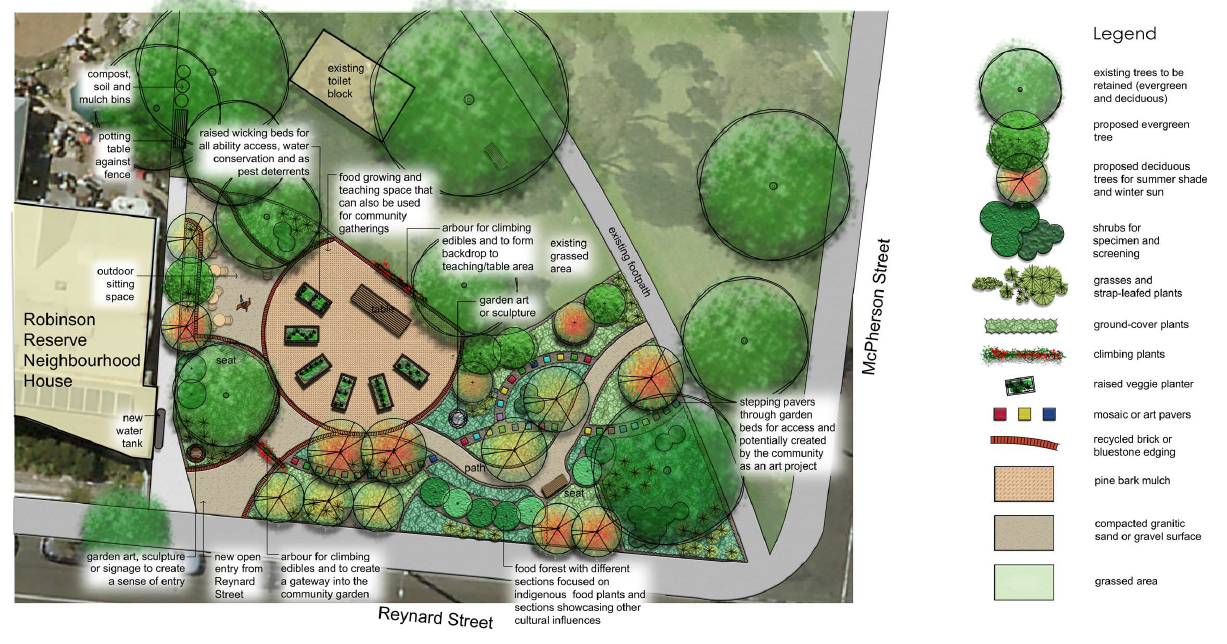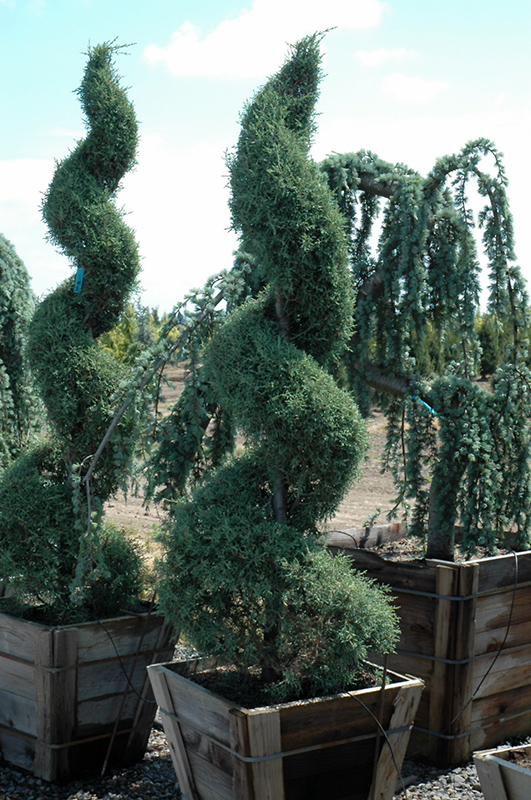

Here are some popular garden club project ideas to help spark your creativity.Ĭommunity wildlife certification – This is a major project done in partnership with the National Wildlife Federation’s (NWF) Community Wildlife Habitat Program, which encourages citizens to create wildlife-friendly communities. See the Resources section to contact planning assistance.Now that your garden club or community garden is up and running with an enthusiastic group of avid gardeners, what’s next? If you’re stumped when it comes to ideas for garden club projects, or you need community garden ideas that keep members engaged, read on for a few suggestions to pique your creativity. Community organizers, landscape designers, and planners can assist in this process.

#5: ToolsĬhoose the logistical systems that support your community’s goals and reflect the needs and resources available. Place along garden edges or along walkways. SCENT can be experienced through flowers, fruits, vegetables, and herbs. TEXTURE is an experience through sight or touch that can add mood or emotion to a garden. SCALE is the relative size difference when deciding where to place elements in your garden. #4: Consider design characteristics and principlesįirst it is important to consider the characteristics of the spatial functions/elements you will be using in your garden for the planning of the growing spaces, paths, border, or structures.Īpplying these design principles to your desired garden features will create a space that is not only beautiful but can represent the many cultural and natural characteristics of your community.įORM is the shape of any element that you are putting in your garden.ĬOLOR is found throughout all seasons, in all planting materials, and in all manufactured building materials. Is there a school or elderly home near the site? What languages are spoken nearby? These are just some of the things to think about. Who lives near the site? What are their gardening needs? Indicate existing features such as pathways, trees, streets, buildings, and fencing to name just a few.

An established planning group including diverse community members is essential to this brainstorming process. It is an essential starting point for community gardeners to clarify their aims and objectives before commencing on a more detailed planning and design process. Plant species and design infrastructure to encourage this.ĭesigning with these basic ethical factors will assist in creating beautiful spaces for positive neighborly connections while contributing to the safety, security, and sustainability of your community garden.

From increasing a sense of community ownership and pride, building community leaders and stewards, and teaching youth where food comes from, to even bringing together multiple generations of people, community gardens can provide a vital element to any neighborhood or community. The benefits of a community garden are countless. The following information was adapted from “Placemaking: Designing for Community”


 0 kommentar(er)
0 kommentar(er)
